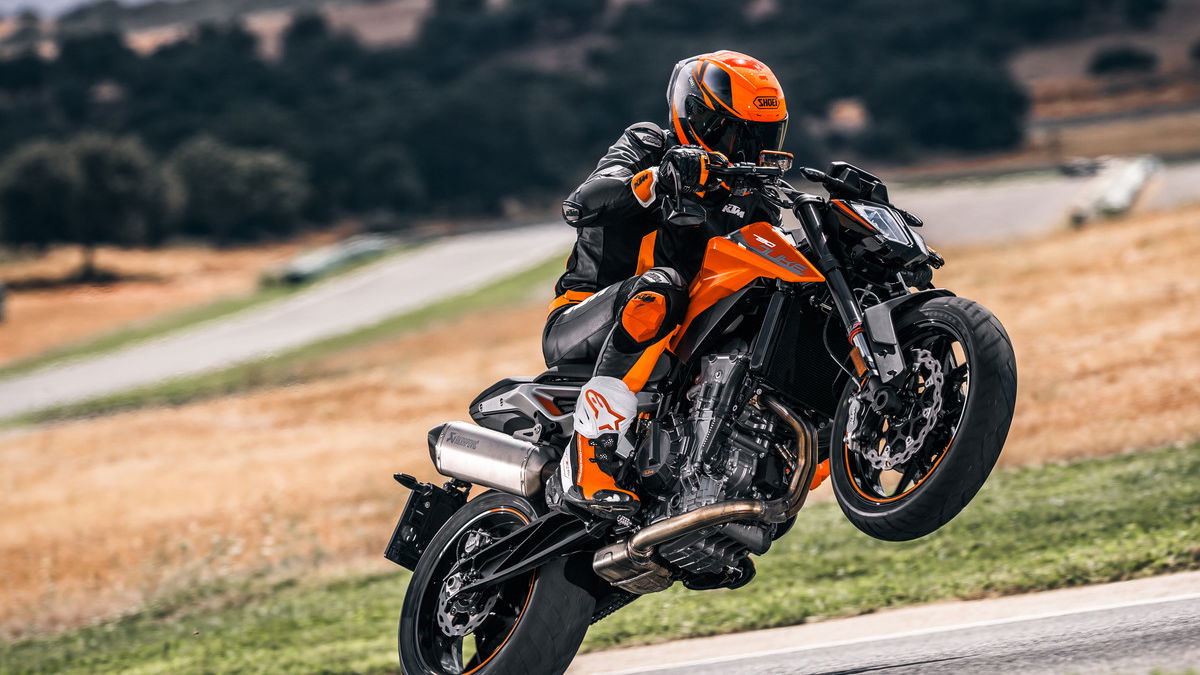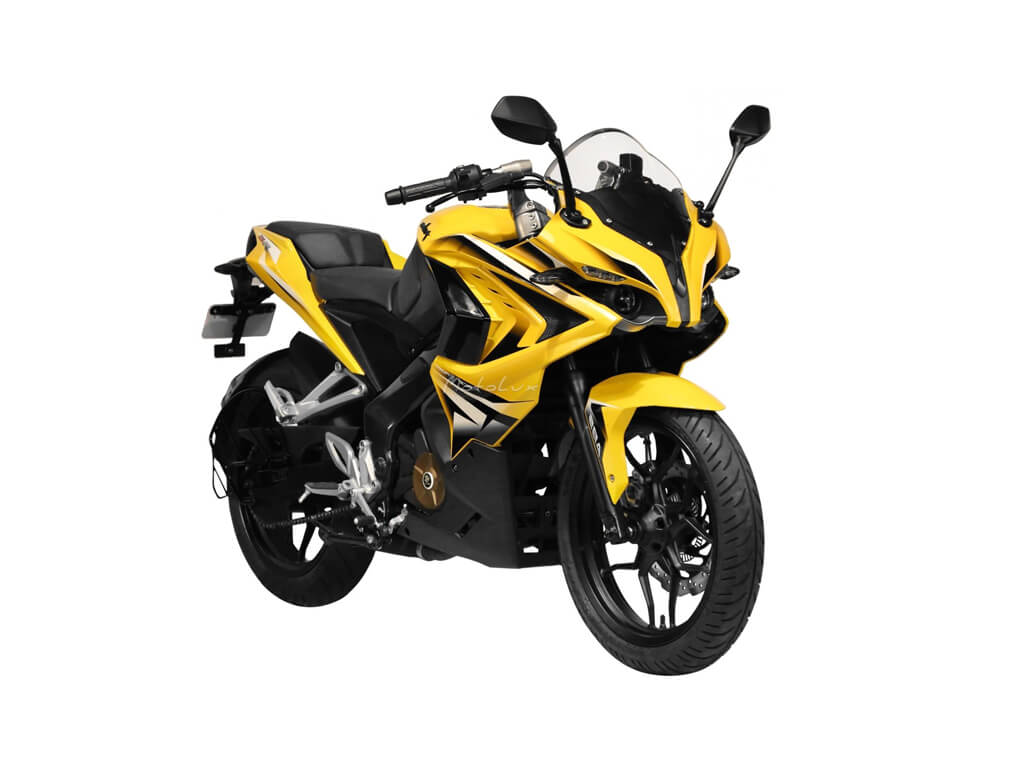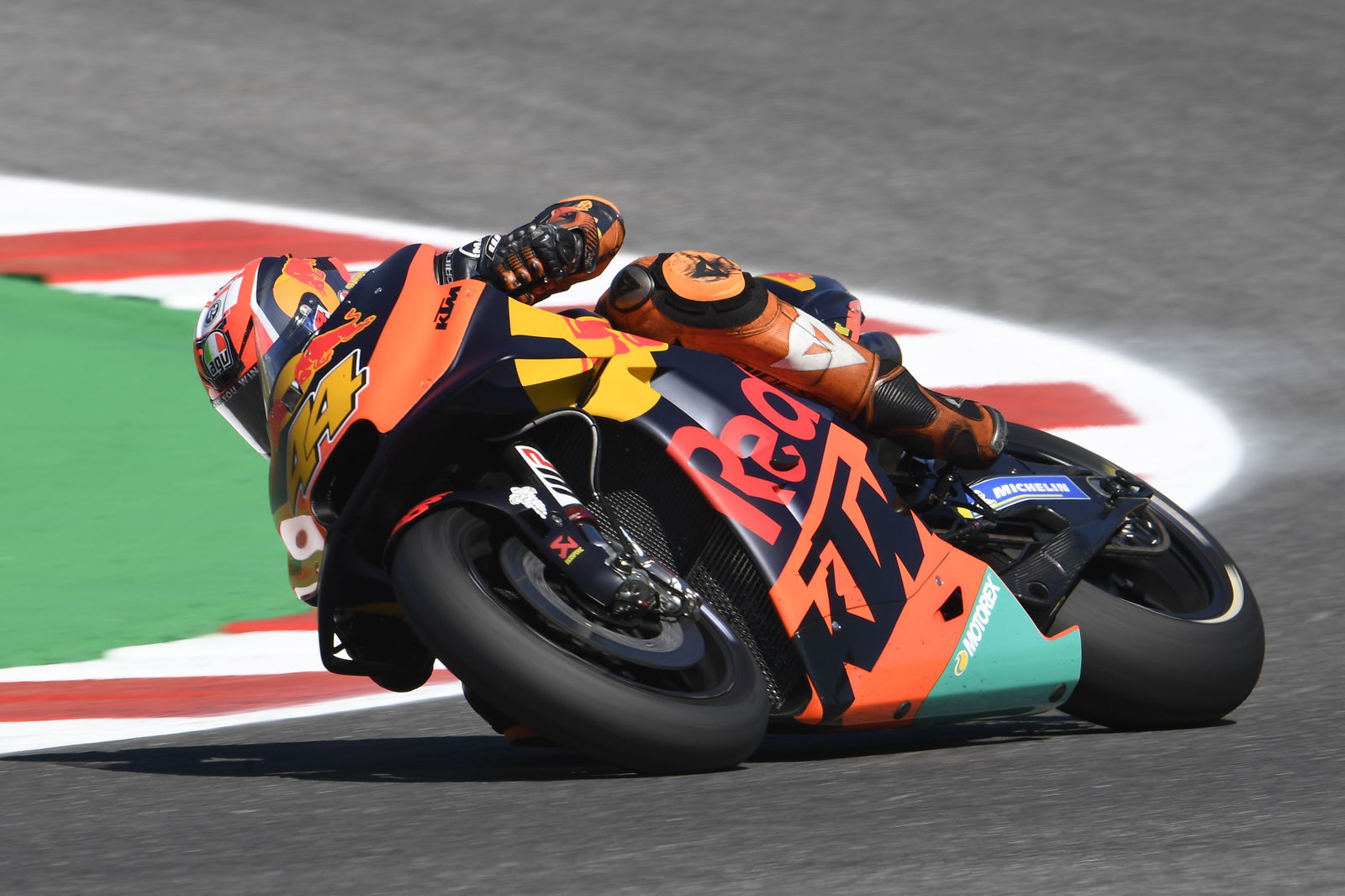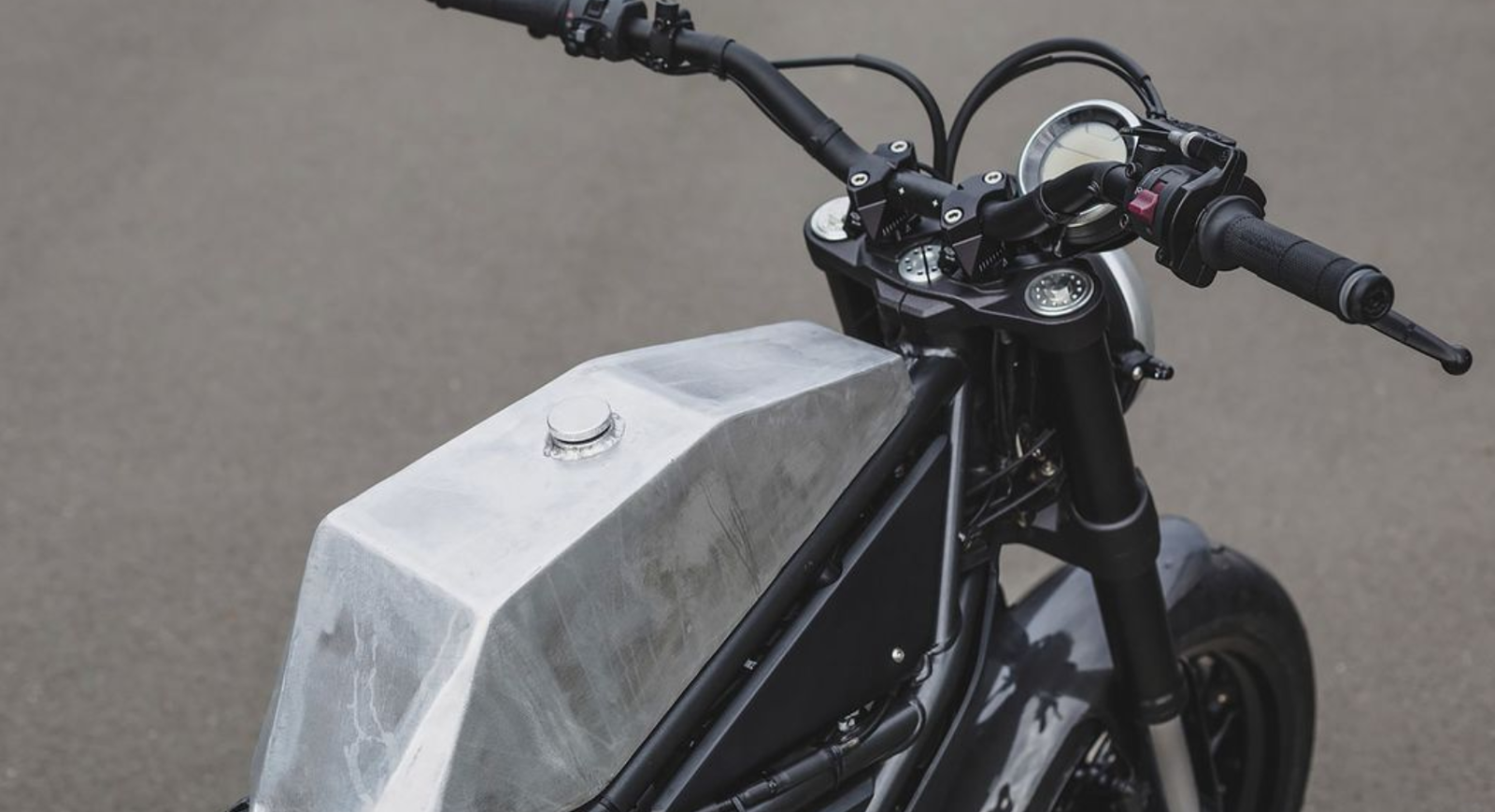KTM working on new range of electric performance models for 2022
KTM will launch a range of performance-based electric motorcycles by 2022 as part of its alliance with Indian partners Bajaj Auto

KTM has revealed it is developing an all-new range of electric-powered performance motorcycles in conjunction with long-time Indian partners Bajaj Auto, set to hit the streets in 2022.
After a decade of keeping its partnership strictly financial, KTM and Bajaj – which retains a 48 per cent stake in the Austrian manufacturer – has entered into an agreement that will see it share powertrain technology for their respective motorcycle ranges.
First reported in June by Indian financial publication Moneycontrol, and described it as a ‘high-end’ project, the company has revealed its products using these new electric powertrains will be performance focused.
“In June, KTM Industries and Bajaj Auto decided to launch a development project series for powered two-wheeler electric vehicles in the performance range three and 10 kW (48 V) at the KTM AG level.
“The platform will support various product variants -- powered two-wheelers and electric bicycles -- under both partners' brands.”
As part of the deal, Bajaj will develop its own range of more affordable, low capacity equivalent electric motorcycles targeted at its native Indian market, while KTM’s sister brand Husqvarna is also likely to make use of the cross-brand powertrain platform.
All, however, are set to be build in Bajaj Auto’s plant in Pune, India.

Why is KTM developing electric motorcycles with Bajaj?
KTM’s Bajaj Auto deal is the perfect opportunity for the manufacturer to get ahead of other volume rivals when it comes to developing electric powertrains.
Whilst there is a broad acceptance that in future the Hondas, Yamahas and BMWs you’ll purchase will be powered by electricity, quite when this happens is more debateable.
However, with several cities already enforcing ‘emissions-free zone’ measures for their centres over the next few years, there is now a clear deadline for European-focused firms to work towards - or risk potentially losing significant business.
On the other hand, electric powertrains are not cheap to develop for a firm like KTM without the supplementary engineering know-how and manufacturing capacity as enjoyed by the likes of Honda, Yamaha and BMW with their various motoring and technical arms, which is what makes this deal with Bajaj so attractive… and necessary.
Indeed, the KTM-Bajaj deal is a mutually beneficial agreement, not least as India recognises more needs to be done to curb its emissions output – one of the worst in the world. It is a responsibility that will likely be pushed onto automakers, with strict regulations being threatened in a determined push to reduce the nation’s carbon footprint quickly.

KTM rebranding for the future
Despite the oxymoron an electric powertrain suggests to many, KTM’s declaration shows it is not prepared to lose the essence of its core business model, insisting these models – which are dated for a 2022 launch – will performance based still.
It comes as KTM pushes further into motorsport after agreeing to extend its contract with Dorna to compete in MotoGP until at least 2026. It currently races four RC16s under the Red Bull Factory and satellite Tech 3 Racing banners.
For 2020, the manufacturer will deviate away from Moto2 and spin-off its Moto3 to run under the Husqvarna.
This latest news comes as owners prepare to rebrand at the highest level from KTM AG to Pierer Mobility AG in order to differentiate the brand from the parent company.

